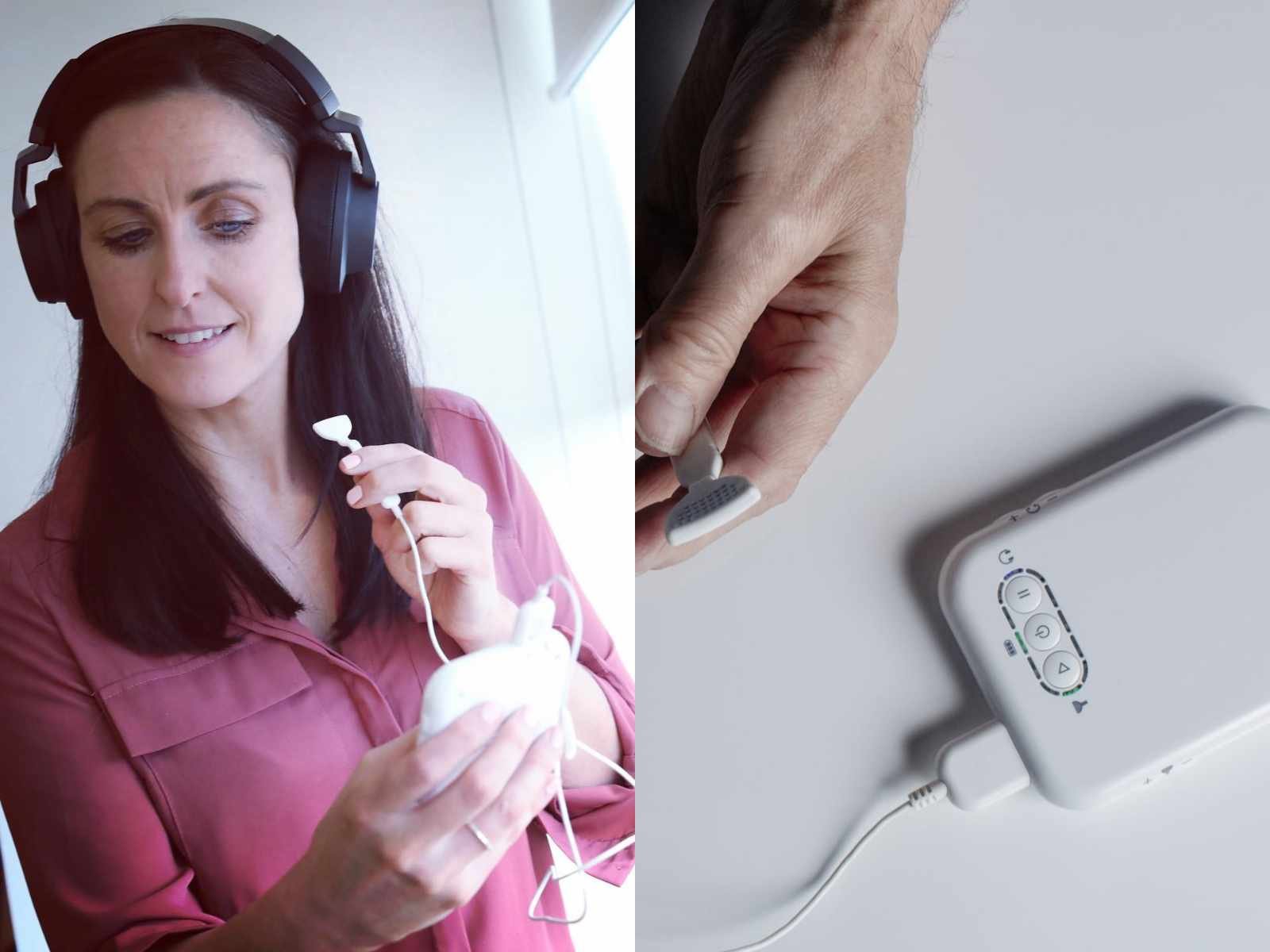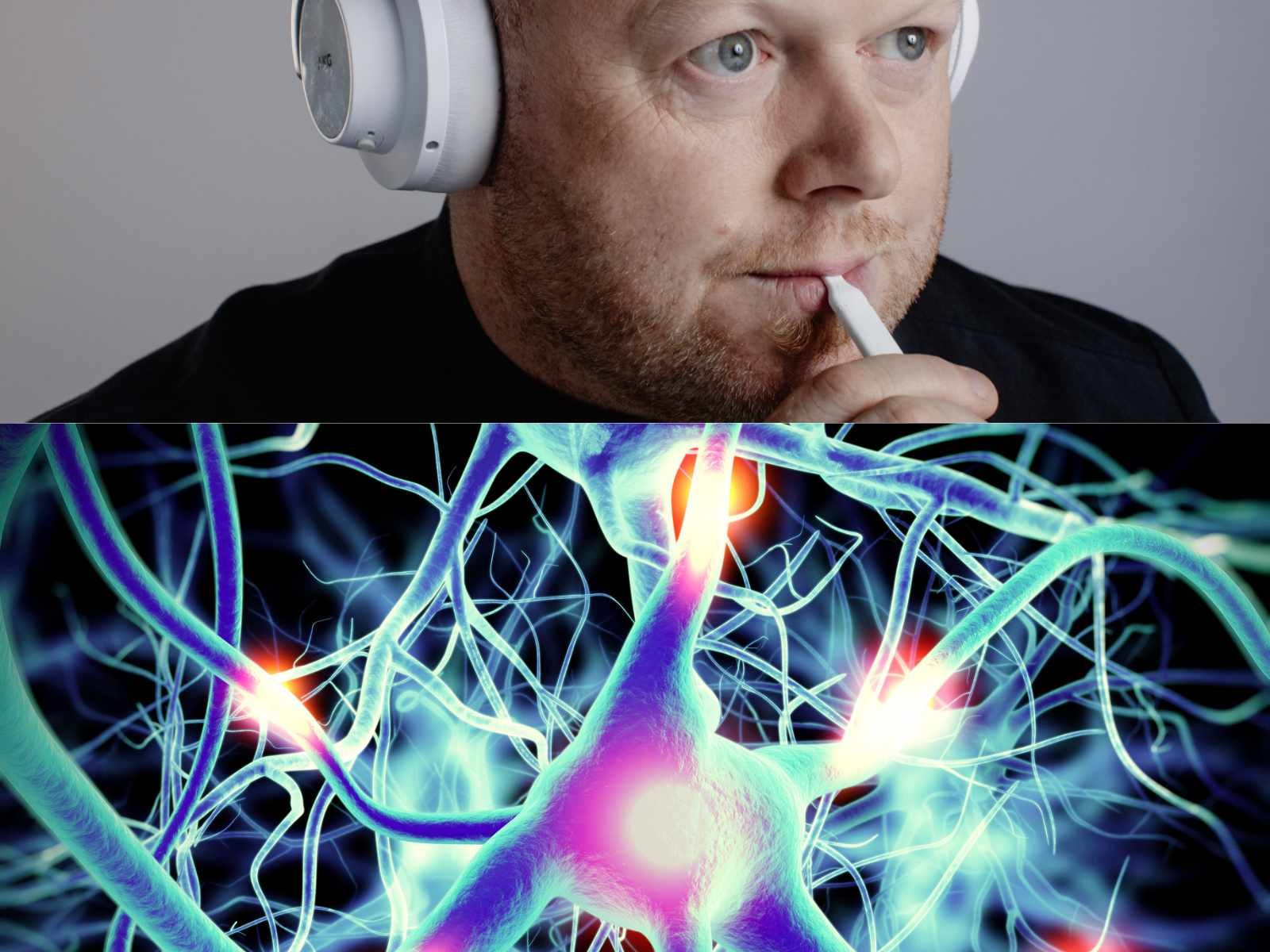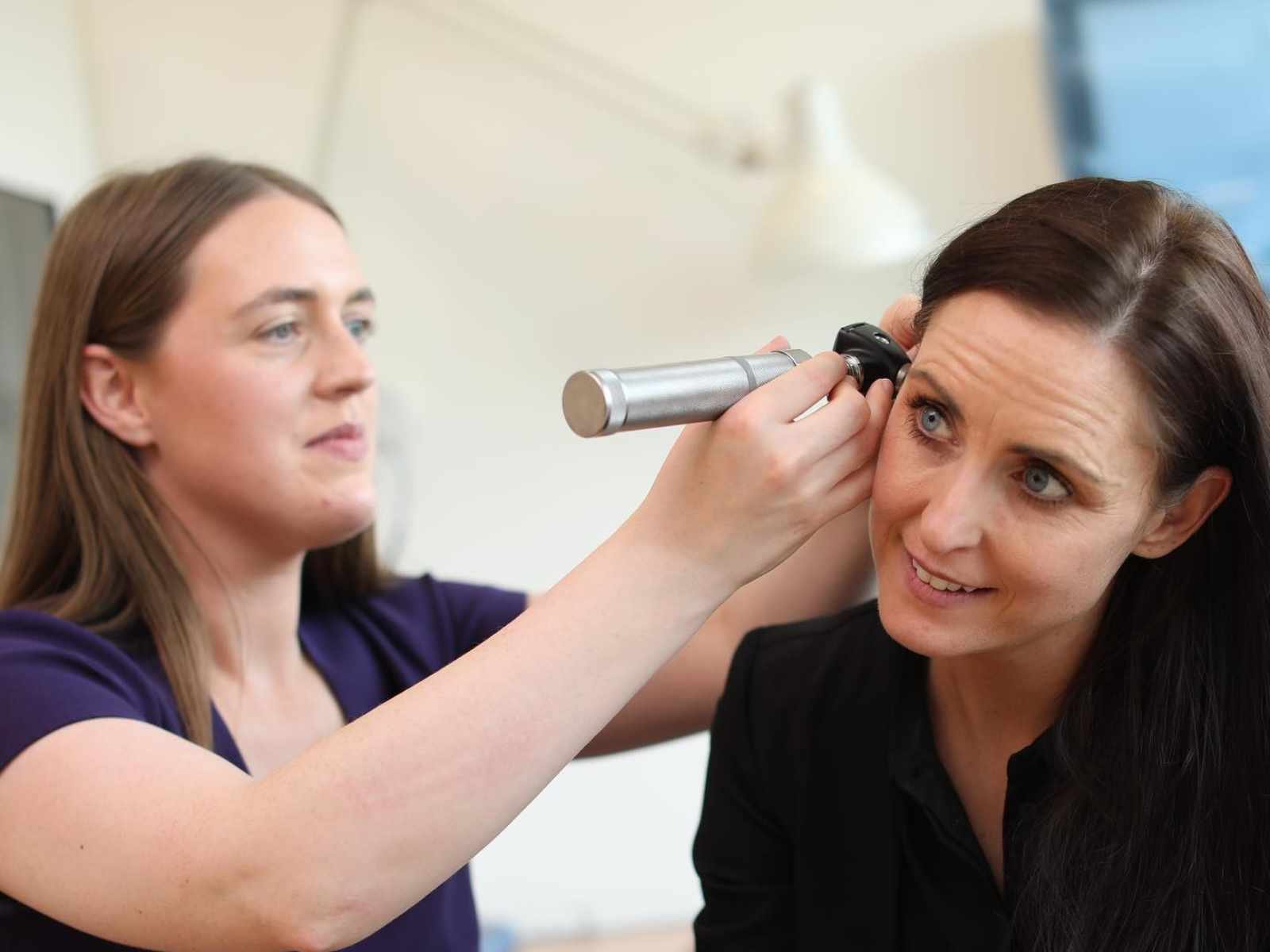Tinnitus is no joke—it can create disruption day and night.
As an audiologist, I have seen how tinnitus can negatively impact a person's quality of life. Constant ringing or buzzing in their ears can be distressing and interfere with daily activities, sleep, and even social life.
Tinnitus is complex, and there is no one-size-fits-all solution for the ringing or buzzing you might hear. However, some tools can help manage symptoms.
Lenire by Neuromod could be one option in your tool belt. But before we get into whether it's the right option for you, in this article, I will explain how Lenire works, its benefits, and how you can find out more.
Background

Lenire is the brainchild of Neuromod, a medical device company based in Ireland.
This innovative device received approval from the European Union's Medical Device Evaluation Group in 2019 and quickly gained popularity as a treatment option for mild to moderate tinnitus. Lenire has been successfully tested for the treatment of tinnitus in three large-scale clinical trials.
And the results speak for themselves: 95% of study participants saw a reduction in tinnitus symptoms and 85% would recommend the treatment to others.
In March 2023, Lenire received FDA approval in the United States and is available in select locations.
How does this device work?

Lenire by Neuromod is a bimodal neural stimulation device that uses two methods to stimulate the nervous system.
The premise is that the head and neck pathways and nerve centers intermingle with structures deep in the auditory center for hearing. The device combines sound therapy with tongue stimulation to influence nervous system activity, which can impact tinnitus perception.
Lenire is non-invasive and requires patients to use the device for 30 to 60 minutes daily over 12 weeks. During that time, they listen to auditory stimuli and place a tongue device in their mouth. When the tongue is stimulated simultaneously with auditory stimulation, it sends signals to the brain that can positively affect tinnitus perception.
Ideally, the user does the treatment in a quiet, relaxing environment during the therapy sessions, which helps to enhance this effect, for example, as part of a relaxing nighttime routine.
What is bimodal neural stimulation?

When cells are paired through simultaneous stimulation, they change how they code and respond to a stimulus.
Pain management is another area of medicine that utilizes neuromodulation. For example, spinal cord stimulation delivers low levels of electrical stimulation directly to pain neurons in the spinal cord.
This method uses one type of stimulation (electrical) to impact the nervous system's response to pain. Although the same principle applies to bimodal stimulation for tinnitus, neural pathways involved in tinnitus are more dispersed throughout the brain.
For tinnitus, bimodal neural stimulation is more effective than individual stimulation. That is, stimulating with two different stimuli: acoustic and electric. This combination of stimulation reinforces changes in the nervous system and has a more significant effect.
The theory is that via this dual stimulation, neuroplasticity allows the stimulus to alter the nervous system's response to tinnitus perception. For example, presenting a 2 kHz tone and, at the same time, using electrical stimulation results in improved nervous system sensitivity to the sound.
For the tinnitus sufferer, the result is a reduced awareness of the tinnitus sound. And study results show that Lenire's bimodal stimulation can reduce tinnitus symptoms, improving patients' overall quality of life.
Why tongue stimulation?
Using tongue stimulation to change something we attribute to the ear may seem counterintuitive. But, the tongue is one of the best and non-invasive ways to influence the nervous system using a non-surgical approach.
Unlike other methods for pain management or vagus nerve stimulation, which are usually surgically implanted, Lenire uses a much less invasive method. The tongue is one of the most densely innervated organs in the body. A small surface area can stimulate many nerve endings, making it an ideal location for using Lenire.
By stimulating the trigeminal nerve via the tongue, the low-level electrical stimulus impacts a nerve that intersects with head and neck pathways that intermingle with the auditory center.
Is it effective?

Now, you're probably wondering if Lenire really works. The data certainly suggests so, with an impressive 95% of patients reporting a reduction in tinnitus symptoms.
But let's approach this with a critical eye.
We know that tinnitus is subjective and people perceive it differently. While some participants found Lenire effective, let's look at this treatment option cautiously and consider tinnitus's individualized nature. For example, the tinnitus surveys used to quantify tinnitus handicap are based on subjective perception, and some test variability is even expected from taking a survey twice.
Therefore, while some participants did find this treatment effective, it's best to examine this treatment through a careful lens.
Can neuromodulation cure tinnitus?
At this time, no. Neuromodulation is successful for some tinnitus patients, but users should not expect it to cure tinnitus.
The Lenire is a potential treatment for tinnitus relief. Lenire aims to reduce the awareness of tinnitus symptoms by stimulating the nervous system to alter its response to these sounds. This can benefit people with mild to moderate tinnitus, but it is essential to remember that this device does not cure tinnitus.
Can I wear hearing aids while using Lenire?
The company recommends that new hearing aid users allow 90 days for their devices to fully adjust to their hearing aids before moving forward with Lenire®. After hearing aid users are fully adapted to their hearing aids, they are advised to remove them one hour before their Lenire® treatment and not to reinsert them for one hour after the treatment.
How much does it cost?
Lenire by Neuromod is a prescription device that can be ordered through your doctor. The device itself costs around $3,000 and follow-up treatments may also have additional costs.
The cost of Lenire varies depending on the clinic, locations, and other factors. It is best to check with your provider for any costs associated with using Lenire. Unfortunately, health insurance does not cover this treatment, and the device is an out-of-pocket expense.
How can I find out more?
If you want to find out if Lenire is a good fit for your tinnitus treatment, speak to an ENT or audiologist specializing in tinnitus. They will be able to provide advice on whether or not this is the right course of action for you. Additionally, Neuromod offers a comprehensive website with more information about their products and how they work.
👉 Join the assessment waitlist or find a local clinic.
Is it the right option for me?

Tinnitus management is very individual. Some patients find lifestyle management strategies effective; others find relief with regular hearing aid wear or masking devices. Before you decide whether it's worth investing in this treatment, let's revisit the pros and cons.
Pros:
- Non-invasive and drug-free treatment
- Can be used alongside other tinnitus therapies
- May reduce the severity of tinnitus symptoms
- An option for normal hearing or mild to moderate hearing loss
Cons:
- Expensive out-of-pocket cost
- Results vary by individual
- Not a cure for tinnitus; it just reduces the symptoms
- Only available in select locations
- Not for severe to profound hearing loss
- Not for patients with a pacemaker, neuralgia, epilepsy, or who are pregnant
Other Tinnitus Management Strategies
Whether or not you consider Lenire® an option for you, other tinnitus management strategies are available. It's important to remember that tinnitus is unique to each person, and no single solution works for everyone.
👉 Read more about strategies you can try here.
Conclusion
Lenire by Neuromod is an innovative tinnitus treatment for those with bothersome tinnitus. While it's not the right option for every patient, Lenire® is another option for tinnitus management.
However, it should be noted that Lenire® is not a cure for tinnitus as it may reduce but not entirely eliminate tinnitus. Reducing symptom severity and improving overall quality of life is worth the price tag for some.
If you are considering Lenire® as a treatment option, talk with your doctor first and get their advice on whether it is right for you.
Keep in mind, there are other options for tinnitus management worth exploring as well. These may include lifestyle modifications, hearing aids, masking devices, or cognitive behavior therapy. As always, the goal is to find a solution that best fits your needs. With so many options available today, finding the right treatment plan can help you better manage your tinnitus.






